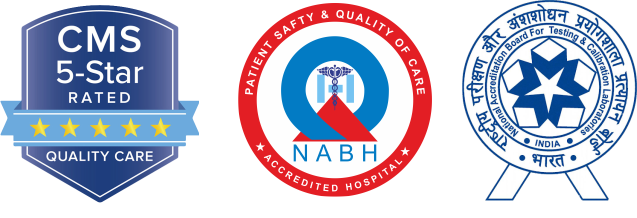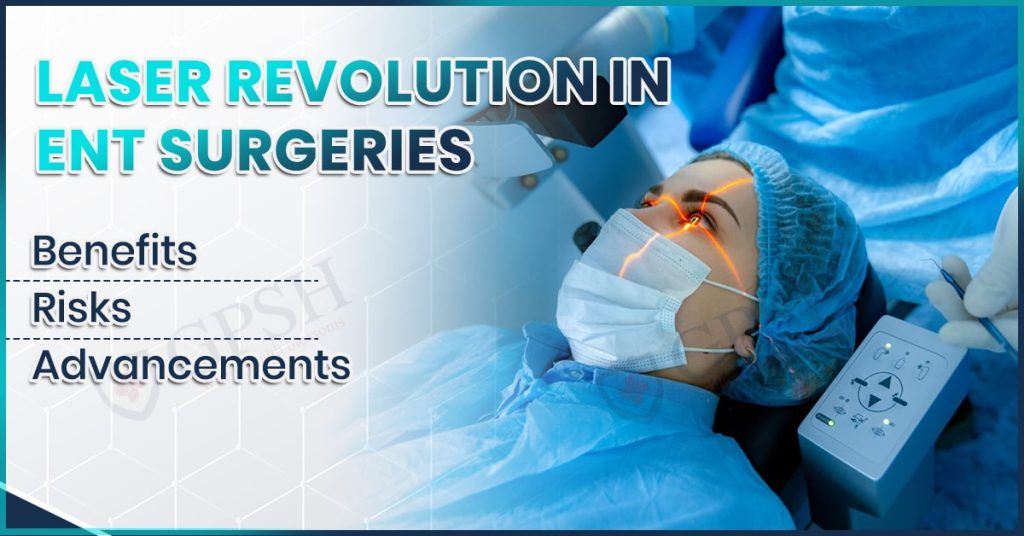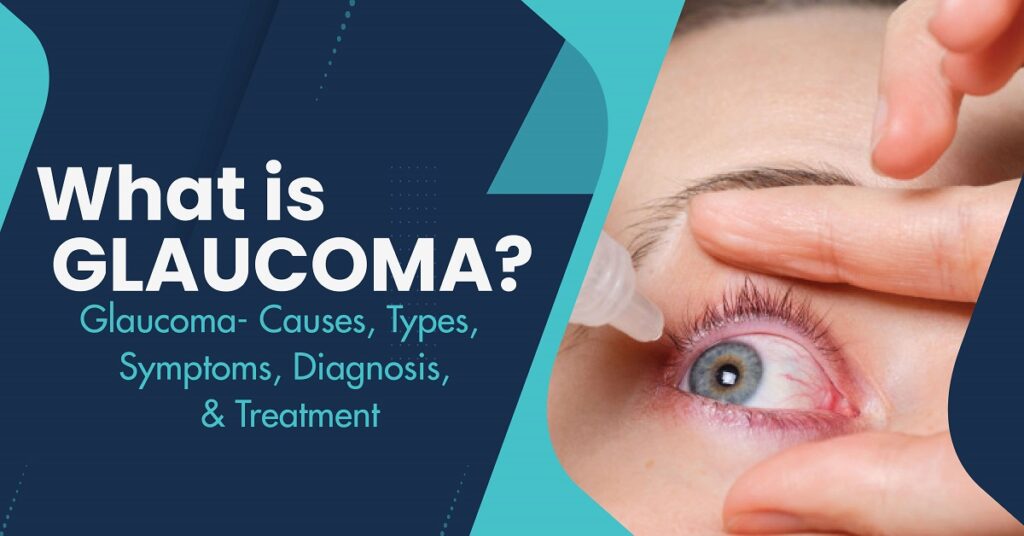Introduction
Laser technology has caused an enormous revolution in ENT (Ear, Nose, and Throat) surgeries with faster recovery times for patients, maximized precision, and reduced postoperative discomfort. From the treatment of voice disorders to the removal of nasal blockages and growths in the ear, lasers have exceptionally widened the panorama of minimally invasive procedures.
But with advancements in medicine, lasers, too, have their share of disadvantages, such as tissue damage that may occur if there is no proper training. Thus, with the ongoing advancement of laser technology and technique refinement, ENT surgeries are becoming safer, more effective, and more individualized, opening new frontiers of patient care and surgical outcomes.
How Laser Technology is Used in ENT Surgeries
Laser technology plays a vital role in ENT (Ear, Nose, and Throat) surgery by providing precision, fast recovery, and less bleeding as compared to the old-fashioned methods. Typical end usage includes:
- Precise Cutting and Removal: Laser beams enable the surgeon to cut or remove tissue that is targeted tissue, plus some other unaffected tissues in the neighborhood. For instance, in delicate areas like the vocal folds, nose, or throat, this is an invaluable skill.
- Therapy of Vocal Cord Disorders: The laser is used particularly in the treatment of nodules, polyps, papillomas, and some early stages of cancer of the vocal cords, which secures better voice quality after surgery.
- Tonsil and Adenoid Surgeries: In some situations, lasers may be used on the tonsils and adenoids to either shrink or remove them with minimal bleeding potential, thus resulting in less postoperative pain and quicker recovery.
- Sinus Surgery: With laser-assisted endoscopic sinus surgery, any blockage in the sinuses caused by chronic sinusitis, nasal polyps, or other reasons can be precisely removed.
- Ear Surgeries: Lasers are applicable in the treatment of otosclerosis, abnormal bone growth in the middle ear affecting hearing. Laser stapedotomy is done frequently to improve such cases.
- Tumor Removal: The laser is used to remove benign and some early malignant tumors from the oral cavity, throat, and the nasal cavity, owing to the minimal trauma and bleeding during its application.
- Snoring and Sleep Apnea Treatment: Such procedures as Laser-Assisted Uvulopalatoplasty (LAUP) remove parts of the uvula and soft palate with the aid of laser technology to help with dim airflow during the night.
- Minimal Blood Loss and Faster Recovery: The thermal energy from the laser seals off blood vessels at the time of incision, thus reducing bleeding, minimizing the chances for infection, and promoting quick recovery.
You can read also:- Tips to Take Care of Your Skin in Summer
Benefits of Laser Surgery in ENT
Advantages of Laser surgery in ENT treatments are as follows:
- Increased Precision: Lasers target specific tissues, leaving healthy areas unscathed, and this is very important in very sensitive areas, like the vocal cords or inner ear.
- Barely Bleeding: The heat of lasers cuts and seals the blood vessels, forming much less bleeding than that of traditional surgery.
- Less Pain: Since the lasers pass through areas with less damage to the tissues, patients feel aware to undergo less pain during and after the procedure.
- Quicker Recovery Time: Usually, this would also enhance healing as less harm, swelling, and bleeding are caused to the tissue.
- Lower Risk of Infection: The laser simultaneously sterilizes the site of operation to reducing lower chances of post-operative infections.
- Outpatient Procedure: Most ENT laser surgeries are done on an outpatient basis, and thus it is not uncommon for patients to go home the same day.
- Better Aesthetic Outcome: Laser incisions are usually finer, producing less perceptible scars, which have special importance in surgeries conducted at visible places like the throat or nose.
- Function Preservation: In the case of any surgery done over vocal cords, lasers will remove only the diseased tissue to preserve the voice, keeping the functional tissue intact.
Common ENT Conditions Treated with Laser Surgery
Some common ENT health conditions treated with laser surgery include:
- Vocal Cord Lesions: Laser therapy is used for the treatment of voice abnormalities in cases of vocal cord tumors like nodules, polyps, cysts, or papillomas, in such a way as to preserve the quality of the voice.
- Chronic Tonsillitis and Enlargement of Tonsils: During laser tonsillectomy, bleeding will be less, and patient care is quicker when tonsil removal is performed with laser as compared to other methods.
- Sinus Obstruction: Laser-assisted endoscopic sinus surgery is used to treat chronic sinusitis and nasal polyps while clearing the sinuses of obstructions to improve breathing.
- Snoring And Sleep Apnea: A technique known as Laser Assisted Uvulopalatoplasty (LAUP) reshapes the uvula and the soft palate to alleviate snoring and mild sleep apnea.
- Otosclerosis: This ear condition is treated with laser stapedotomy to improve hearing, using lasers to work very accurately on the tiny bones in the middle ear.
- Benign Tumors and Early Malignant Tumors: Laser surgery can be used to remove small tumors in the mouth, throat, or nasal cavity, with often minimal damage to surrounding tissue.
- Laryngeal Papillomatosis: CAHPV, leading to wart-like growths in the larynx, is treated by laser surgery to keep airway and voice function intact.
- Leukoplakia: Laser is used to remove the thick white patches from the mouth or throat that may become malignant as a safe and precise procedure.
You can read also:- Hormones and Metabolism: The Hidden Factors Affecting Your Weight
Risks & Limitations of Laser Surgery in ENT
These are the typical risks and limitations of ENT laser surgery:
- Thermal Injury-heating by the laser may lead to burns or scarring, with controlled applications inflicting damage on surrounding normal tissues.
- Airway Fire Risk extremely rare risk of fire that occurs under circumstances when surgery occurs in the airway (e.g., throat or vocal cords) and laser cuts through the use of oxygen in anesthesia.
- Incomplete Treatment certain cases, laser surgery cannot completely remove all pathological tissues, as for larger or more diffuse tumors, and additional treatments may be necessary.
- Change of Voice-Operations near or on the vocal cords usually carries a small risk of change in voice due to permanent alteration in quality, pitch, or strength.
- Limited Depth Penetration- Lasers serve well for superficial treatment, but are usually not employed for conditions needing deeper tissue ablation.
- Equipment and Expertise Dependence- Laser surgery requires special laser equipment and specialized training for surgeons. Not all ENT centers may provide this treatment, especially in smaller cities.
- Cost-Laser procedures can sometimes be more expensive than traditional surgery, due to the advanced technology and expertise involved.
- Recurrent Condition- Some conditions, such as vocal cord papillomas or nasal polyps, can recur after their laser treatment, necessitating repeated procedures over time.
Conclusion
Laser technology is indeed the primary modality in the field of ENT (Ear, Nose, and Throat), which is the Otorhinolaryngology department. It has provided treatments that are expedited, less invasive, and much safer, covering many conditions.
Advanced techniques such as CO2 laser and KTP laser systems have made ENT surgical procedures more focused and less invasive, resulting in shorter recovery times and improved clinical results.
Shekhawati Hospital is best known for its excellence in adopting the latest laser technologies, offering highly experienced ENT surgeons and state-of-the-art facilities. It is thus a trusted name for advanced ENT laser treatments, building upon innovation and patient-centered care.









